The chilcano is a simple pisco cocktail with only 3 ingredients and great for summer entertaining.
Perhaps one of the greatest tragedies of food and drink in Peru is that it is often relegated to just one or two things.
Everyone knows ceviche, but not many other foods in Peru.
The same is true for Peruvian drinks. The pisco sour is famous but there are so many more!
I’m not going to lie. I’ve sampled a lot of Peruvian cocktails. For a month I worked at a hostel bar in exchange for meals and board.
Not only did I try every cocktail we made at the bar, I tried a lot of others in Cusco bars when I wasn’t working.
And I adore the pisco sour. I made dozens of mango pisco sours every night and others with various Peru fruit. I never grew tired of them.
But on a warm sunny day I wanted something refreshing. And so while I love a good sour, my favourite is actually a chilcano pisco drink.
Sometimes called a chilcanito, the official recipe calls for a high ball or Tom Collins glass filled with ice cubes.
But in my favourite bars in Cusco I found they were served in any glass that happened to be clean.
Mid-January is Chilcano week in Peru. It celebrates the ease and simplicity of this Peruvian cocktail.
Peruvian Chicken – Pollo a la Brasa
If you’re visiting Peru during this time there are lots of events.
You can try a classic chilanco or the many variations using different juices and sodas.
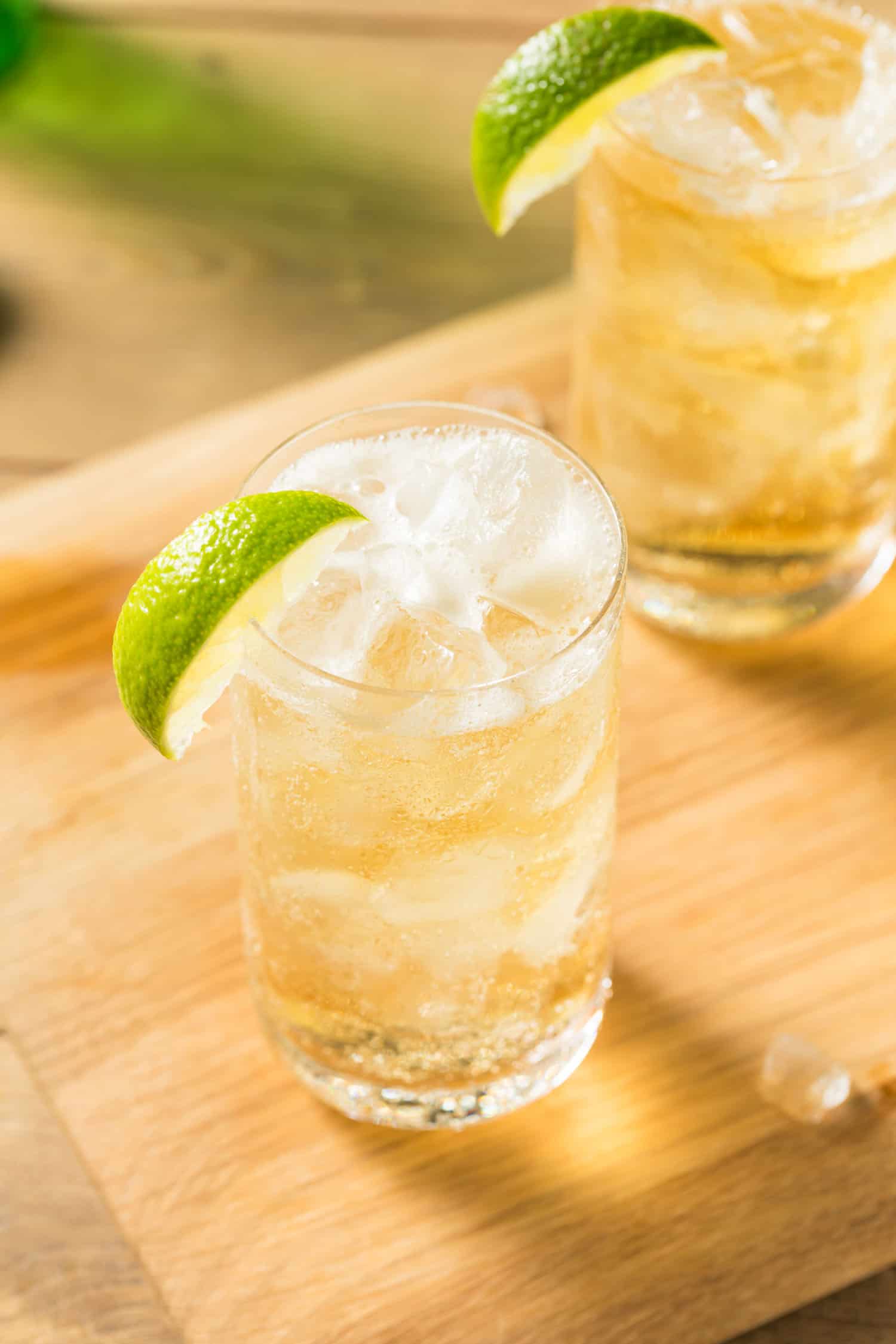
What Does a Chilcano Taste Like?
If you love how fresh and spicy a Moscow mule is, you’ll love the chilcano. It’s fizzy, spicy, citrusy and exhilarating.
Okay maybe exhilarating is taking it a bit too far. But really I love a good, light drink.
Classic Moscow Mule
Chilcano Ingredients
This is a simple Peruvian cocktail with only three ingredients
- Ginger ale
- Pisco
- Fresh lime juice
My personal preference is Vernor’s ginger ale. It’s not what is used in Peru but it has a strong flavour almost like the ginger beer used in Moscow mules and it is a bit more carbonated.
The diet Vernor’s soda isn’t that bad. It’s good to keep a couple cans on hand if you’re making this for a group as there’s always one person who wants diet soda.
The only time I wouldn’t want Vernor’s is if I’m using a high quality pisco as it can cover the flavour. If you have a good spirit use a lighter ginger ale.
You may also find these additional ingredients:
- Jarabe de goma, aka Peruvian simple syrup
- Angostura bitters or more likely orange bitters

What is Pisco?
Although most of the famous South American spirits are made from sugarcane (rum and aguardiente) pisco is a brandy made from grapes in Peru.
It is usually colourless but sometimes it’s a light yellow. You’ll also find it in Chile where there is an age-old argument as to who invented the pisco sour. Both Chile and Peru claim to be its creator.
Spanish conquistadors in the mid 1700s are credited with creating pisco as they distilled Peruvian grapes into this spirit.
They had experience with grape brandy as they had already been producing orujo in Spain, a brandy made from what remained of the grape after making wine.
It was originally called aguardiente de pisco to help people understand it was a South American spirit like aguardiente made from sugarcane.
In Peru they take pisco as seriously as Europeans with wine with official Denomination of Origin departments.
To be called pisco it must be made in one of the 5 official regions and only in specific areas of those regions.
It is produced similarly to single malt Scottish whisky. Only certain grape varieties are used for pisco and everyone knows the good brands.
And while I had never heard of pisco before I went to Peru, the country exports nearly half of it.
The opportunity to buy high quality pisco in Europe and the United States continues to grow.
What Can I Substitute for Pisco?
Well if I haven’t already convinced you that you need a bottle of pisco in your house, the best substitute is white tequila.
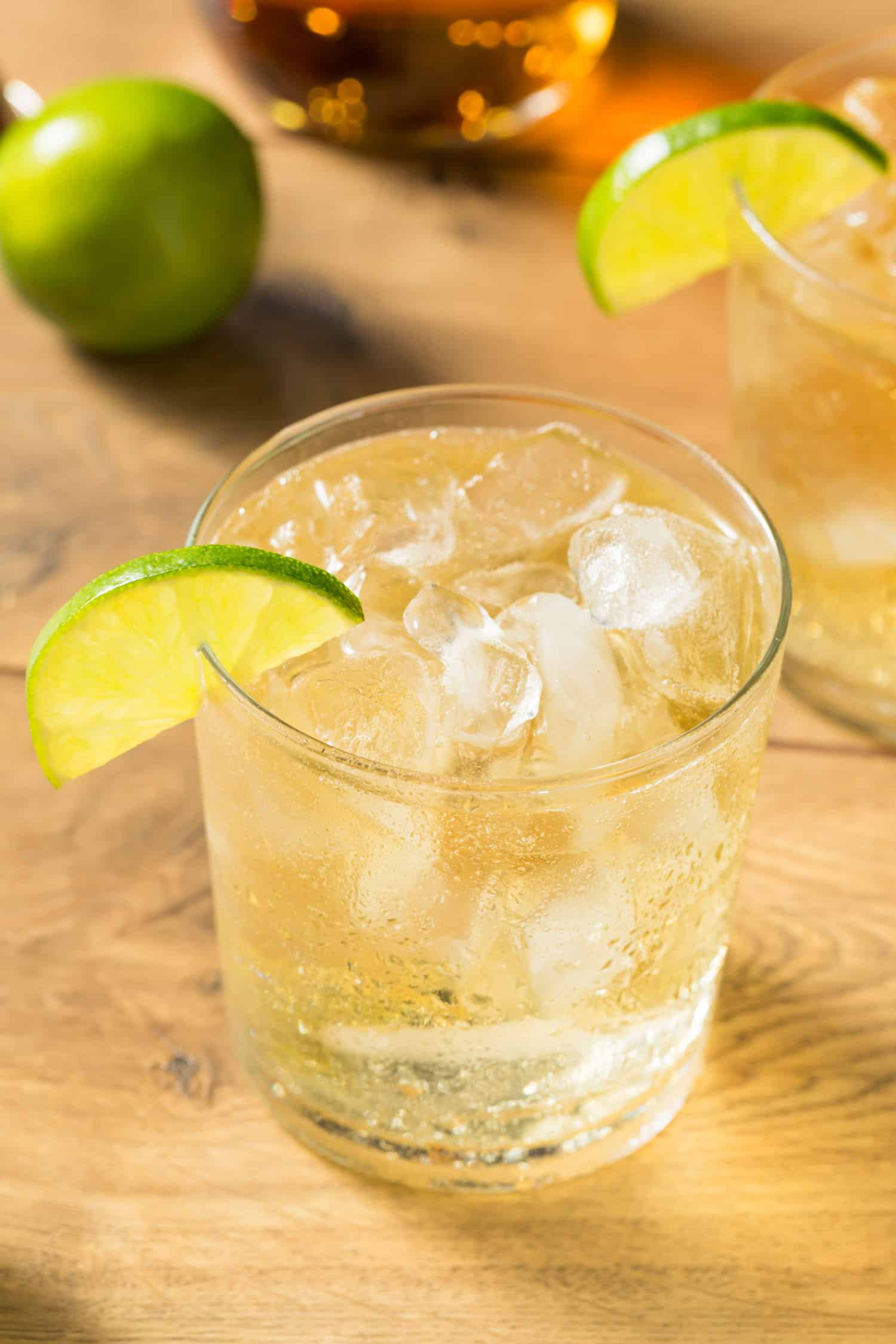
History of the Chilcano Drink
I know you’re thinking why do I need to know about the Chilcano history? I just want to drink it!
But I love the history of cocktails because you begin to realize that most cocktails in the world are just riffs off each other. And many times they are influenced by immigrants.
The origin of the Chilanco name isn’t entirely clear. Some say it was first created in the 1800s in Lima in the District of Chilca and is a nod to where it was made.
Others say it was named after a Peruvian fish head soup called the chilcano, which is a popular hangover cure. This light, refreshing drink is also thought to help with hangovers.
Who knows?
The chilcano is a riff on the beloved Italian buon giorno, often drank by Italian immigrants. This Italian cocktail uses the same ingredients as a chilcano but instead of pisco it uses grappa.
Like many Peruvian foods, immigrants started using local ingredients in their favourite recipes. Swapping out the grappa for pisco made for one of the country’s most popular drinks.
You will find the chilcano on every bar menu in Peru. If it’s not there you can still ask for one off menu.
What is the Best Pisco Brand to Buy
I’ll be honest, my palate isn’t sophisticated enough to know the difference between a high-end pisco and a middle-range pisco. Although, I tend to feel it the next day.
In Peru I had some really cheap pisco and it was pretty bad. But most exported pisco tastes great. And when you’re making a cocktail you don’t need top shelf alcohol.
The ginger ale in this chilcano recipe is dominant so no one will know you’re not using the most expensive one.
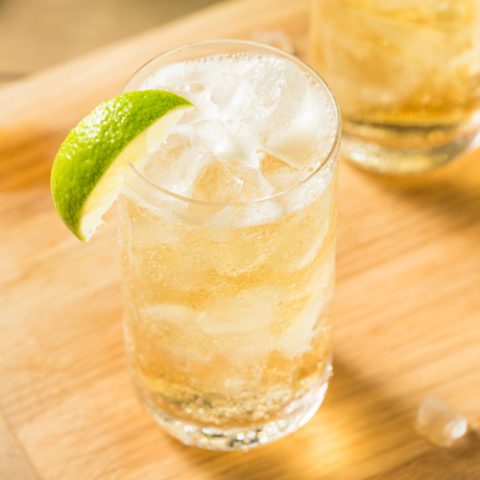
Peru's Chilcano
The chilcano is a simple pisco cocktail with only 3 ingredients and great for summer entertaining.
Ingredients
- 4 ounces ginger ale
- 2 ounces pisco
- 1 tablespoon lime juice (about half a lime)
Instructions
- Fill a highball glass with ice.
- Add ginger ale, pisco and lime juice.
- Stir, garnish with a slice of lime and serve.
Notes
Some people prefer a sweeter cocktail and add a bit of simple syrup. I've included Jarabe de Goma in the recommended products section as it's a common one in Peru.
Sometimes this Peruvian cocktail is also finished with a few drops of angostura bitters. It's a personal preference.
Recommended Products
Nutrition Information:
Yield: 1 Serving Size: 1 Amount Per Serving: Calories: 174Total Fat: 0gSaturated Fat: 0gTrans Fat: 0gUnsaturated Fat: 0gCholesterol: 0mgSodium: 9mgCarbohydrates: 12gFiber: 0gSugar: 11gProtein: 0gNutritional information is provided as a courtesy and is an estimate only. This information comes from online calculators. Although BaconisMagic.ca attempts to provide accurate nutritional information, these figures are only estimates.
Pin It: How to Make Chilcano de Pisco
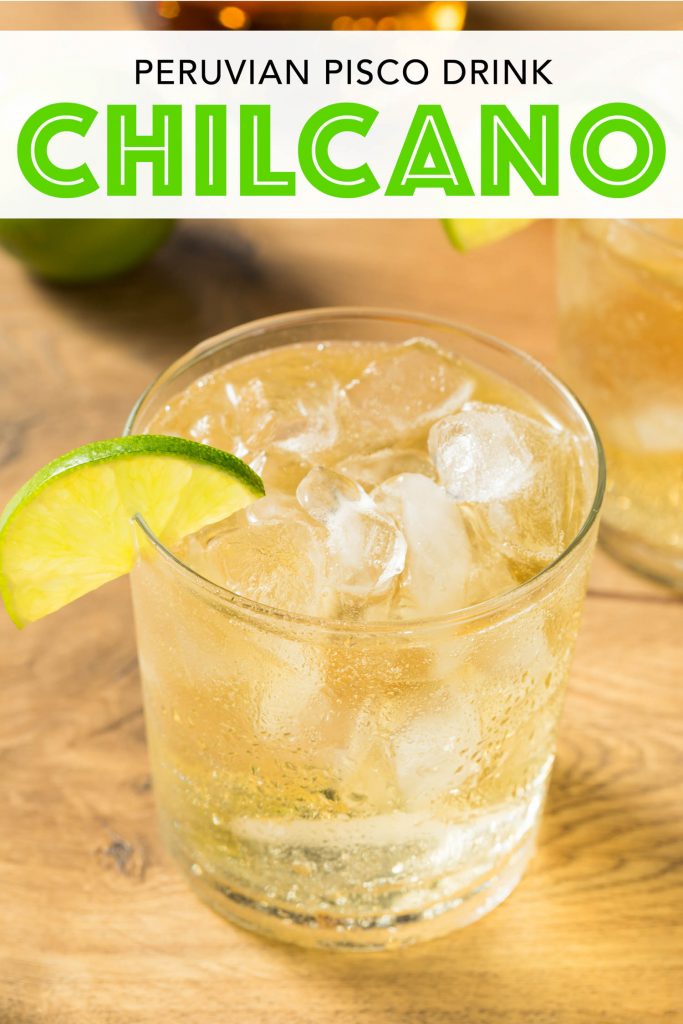
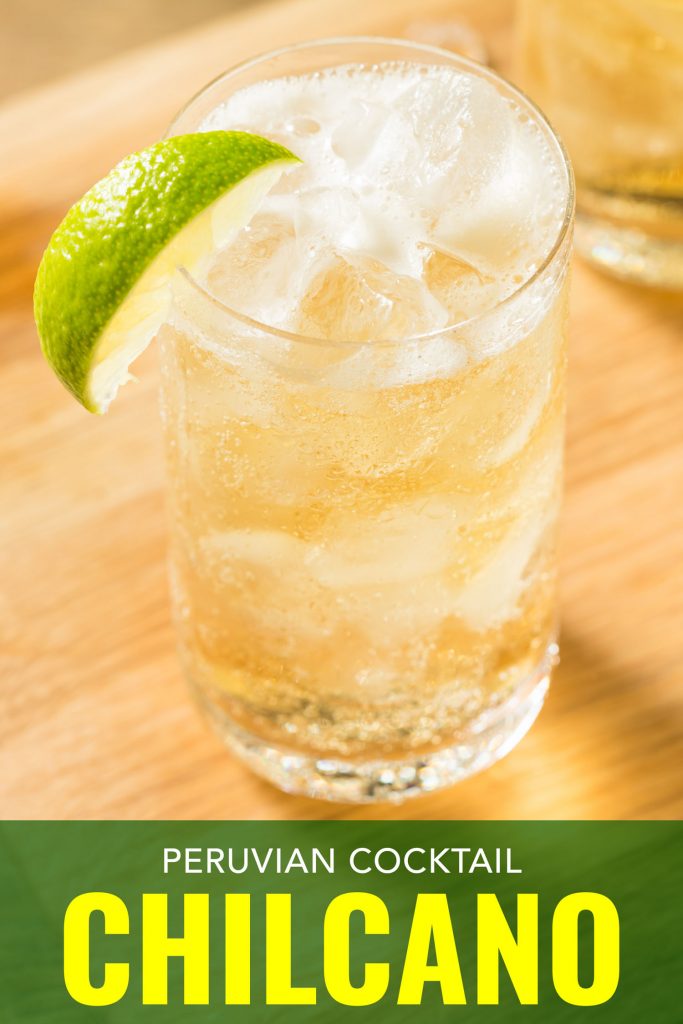



Oh man, the sound, and the photos of the chilcano scream summer and sunshine!! This will be my new patio drink this year!!
Awww, great photos and article! I know it must have been tough but thank you for the post!
We’re due for a cold snap and about 10cm of snow tonight, which has me dreaming of running away to someplace warm. Pretty sure that’s not gonna happen, but at least I can channel a little of that Peruvian summer weather into my life with one of these… especially since I just happen to have all the makings, including a bottle of pisco kicking around in the liquor cabinet!
This is delicious! I love the tart and refreshing mix. I think this will be a go to during cabin season. Thanks for the great recipe and the background on Pisco!
Waw very beautiful pic and information. Thank you for sharing…!!!
Great article!!
Greetings from Peru! 😘
I made this, and it was good! It’s a bit on the spicy side though. Thank you a great article. I especially liked all the interesting history and background information.